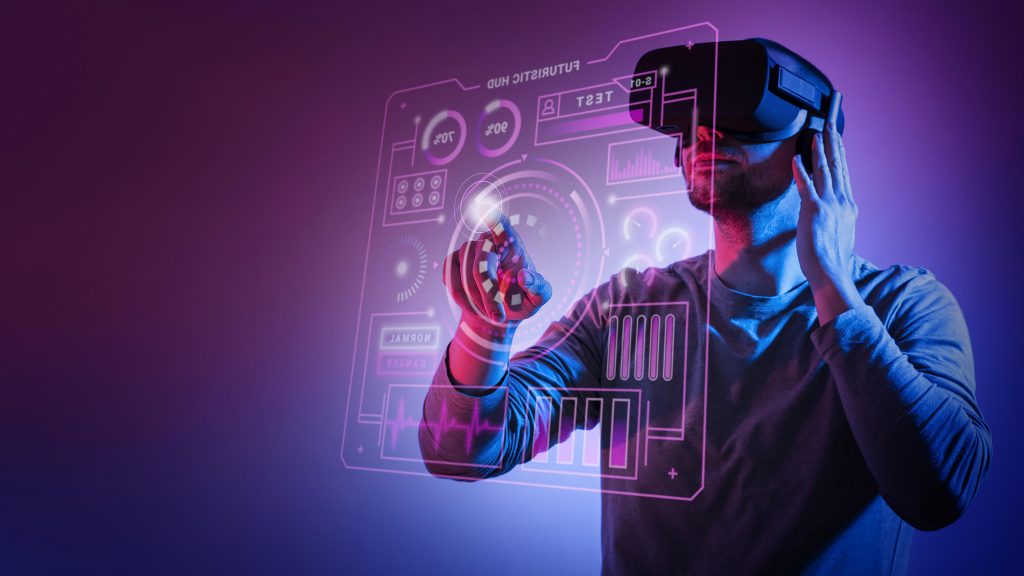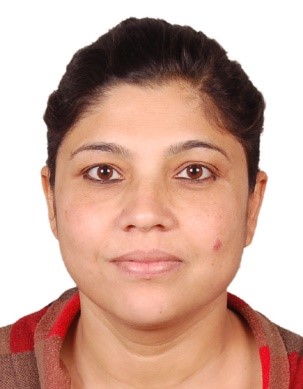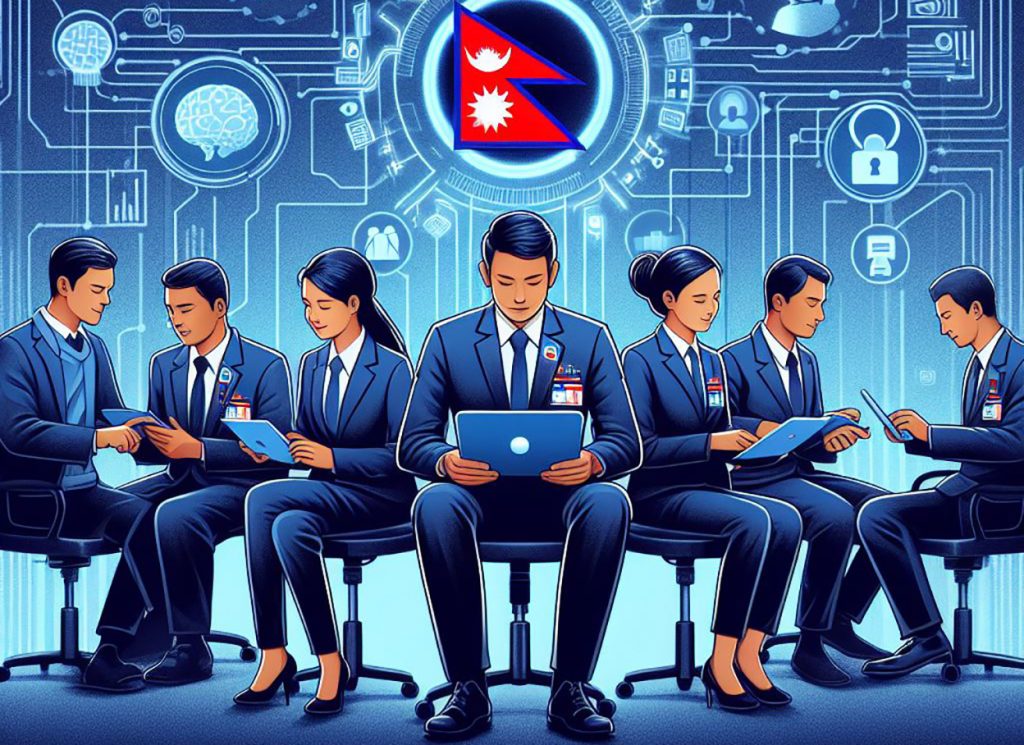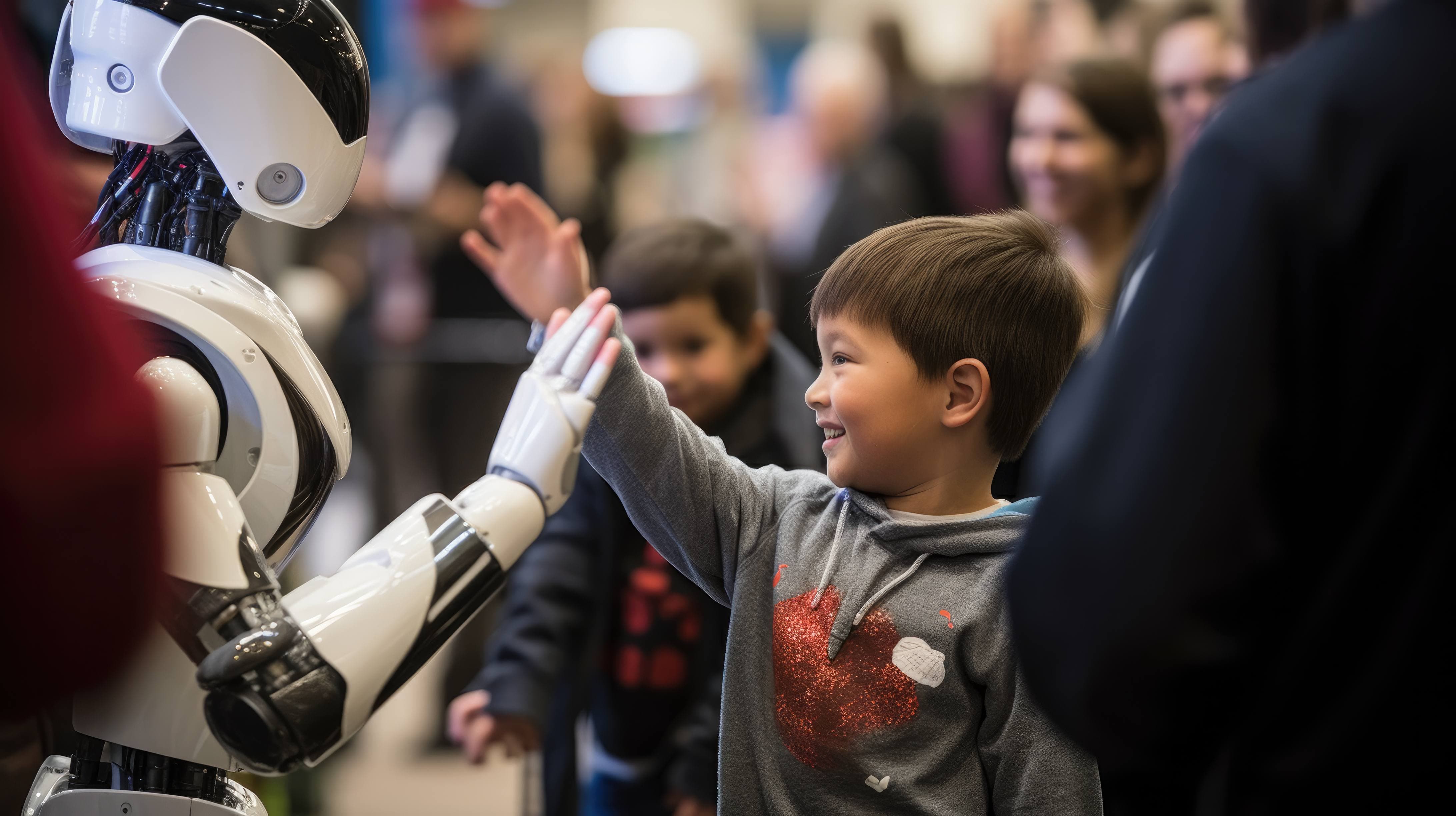
When I watched two science-fiction movies in the early years of the millennium, it was a loaded experience. The first one was Artificial Intelligence (AI) by Steven Spielberg (2001). It was hard to believe the depth of imagination it portrayed. The movie was based on Brian Aldiss’s 1969 science fiction short story Supertoys Last All Summer Long.
The second was I, Robot (2004), a film inspired by the short story collection by the legendary sci-fi author Isaac Asimov, directed by Alex Proyas. Both movies left a strong impression — artificial intelligence seemed poised to enter our daily lives sooner than expected. The way human intelligence and emotion were explored in literature seven decades ago, and on screen two decades ago, felt visionary.
Today, the world is racing to develop the newest and most advanced versions of Artificial Intelligence (AI). So, it’s difficult to accept the challenges those earlier stories posed, as the context has changed significantly. Yet, many of the concerns raised in mid-20th-century science fiction are becoming our reality. Some things haven’t changed — those movies also subtly revealed gender bias, an issue that remains relevant today.
Dominant AI chatbots — ChatGPT, Microsoft Copilot, Gemini, DeepSeek, and Claude — are now integrated into almost every aspect of personal and professional life. Meanwhile, DeepSeek’s text-to-image model, JanusPro 7B, has achieved unprecedented results in critical evaluations, stunning even Silicon Valley with its innovation.
However, analysing the AI revolution and its impact on human life through a gender lens is disheartening. Most current models are built and managed predominantly by male professionals, leaving women sidelined time and again. The global mainstreaming of AI technologies has had a significant impact on women’s security and inclusion. In Nepal too, the challenges women face concerning AI are complex and multi-dimensional.
Lack of education and skills
In this rapidly changing world, science, technology and innovation has invaded every activity of human beings. The way we receive and impart education has undergone a drastic change. AI has swiftly created havoc in the educational field. It has raised many questions about the future of education as well as teacher-student and male-female relationships.
As of in Nepal women’s participation in Science, Technology, Engineering, and Mathematics (STEM) fields is already low, in comparison to developing societies and countries. However, limited access of women to technical training and education related to AI in rural areas face a significant lack of quality education.
Often, women have fewer opportunities to learn about AI because of social and cultural barriers. They might not have access to the same education and training as men, which limits their ability to get jobs in the field of science and technology or AI-related fields. Additionally, there is often a lack of support and mentorship for women who are interested in AI. This makes it harder for them to gain the skills they need to succeed. Due to these debarring mechanisms and challenges, women are underrepresented in the AI industry globally and in Nepal too.
Most influencing thing in our lives is technology right now. Artificial intelligence (AI) is the highest stage of it which is being integrated into our everyday lives. AI has been used from creating advertisement, internet applications and music to informing critical industries such as healthcare, entertainment and finance.
Though gender bias in technology and AI has been a subject of study for several decades as movie AI pointed in 2001. Deep rooted religious, cultural and societal biases in Nepal as developing society often expect women to focus on traditional roles like household duties and care giving.
However, many women are out in all capacities breaking taboos created by patriarchal mindset of society in long due. Expectations and desires have been dying for long but male dominated expectations discourage them from exploring technical careers which are seen as male-dominated. Families still may prioritise education for sons over daughters, and women may face lack of support, if they pursue non- traditional jobs.
This creates a lack of confidence and opportunities for women to enter technical fields.
Threats and challenges from AI for women
With the rise of artificial intelligence and other new and emerging technology, the world is undergoing a big transformation in terms of innovation, efficiency, and creativity. However, technology has been seen to display biases – and for women, this presents a complex set of challenges that can threaten economic security, personal safety, and social norms. Without a parallel revolution of legislation and social innovation, AI may perpetuate and worsen gender disparities for women in the workplace and society.
The rise of automation and AI is rapidly reshaping the employment sector. In this case women, particularly those without college or university degrees, face considerable negative impacts from this transformation.
Many jobs in industries that employ a significant number of women, such as administration, retail, and finance, are being replaced by AI systems. Less is researched and analysed about artificial intelligence and robotics in Nepali context. Though government came up with National AI Policy but challenges ahead are approaching faster.
AI threats to personal safety for women
As the risk of others using our data and AI tools for anti-social purposes increases, women—especially those in remote areas of Nepal—are being disproportionately targeted. There have already been incidents where bad actors used AI-powered voice cloning to mimic individuals and extort them through conventional phone calls.
AI’s rapid integration into society, often referred to as a “mega-change,” poses unique challenges to established social norms, particularly for women. To mitigate the negative impacts of AI on women, early education initiatives are essential. Highlighting successful women in STEM as role models and fostering mentorship programs can inspire future generations to identify and address gender bias in AI development and implementation.
However, gender bias in machine learning systems operated by large language models (LLMs) remains pervasive. These biases have profound short- and long-term effects on women’s psychological well-being, economic stability, and health security.
They also reinforce and amplify existing harmful gender stereotypes and prejudices. Addressing issues such as online harassment, particularly those targeting women, and criminalizing deepfakes is essential to defending women’s privacy and safety. Similarly, promoting broader public understanding of AI and its impacts can empower women to self-advocate and play an active role in shaping the future of technology.
Lack of representation of women
Nepal is seen as relatively progressive in South Asia when it comes to women’s participation in elected bodies—from central to provincial and local levels—as well as in security forces, the bureaucracy, and the judiciary. However, the gender imbalance in the technology sector, especially in AI, remains stark in both the labor market and the overall workforce. In fact, the underrepresentation of women in AI talent pools is significantly more pronounced than in other professional fields.
Nepal faces major infrastructure challenges, including outdated legacy systems that cannot handle large volumes of data, limited processing power, and inadequate storage capacity. There is also a shortage of skilled human resources capable of managing AI integration, as well as ongoing concerns around data quality, security, and privacy. These factors severely hinder women’s participation in the digital infrastructure sector at a large scale.
Addressing these challenges requires targeted and well-coordinated interventions, such as inclusive education policies, accessible funding opportunities, mentorship programs, and gender-equity-driven policymaking in AI and the broader science and technology landscape. What’s urgently needed is a human-centered guide to AI that prioritises inclusivity and ensures that no one—especially women—is left behind in the digital future.























